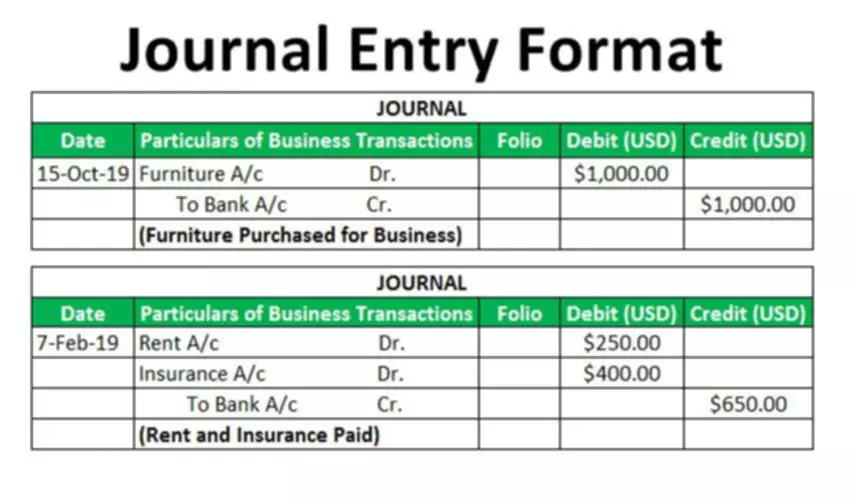Content
- Types of goodwill
- Search Legal Terms and Definitions
- More from Merriam-Webster on goodwill
- goodwill noun
- As companies ditch their earnings guidance during COVID, what can we learn from their fair value disclosures?
- .css-177mjipposition:absolute;opacity:0;top:calc(-72px – 20px); Why is goodwill important?

The nature of the business firm highly affects the goodwill of the business unit. If the firm enjoys monopoly rights in a market, there is an assured profit earning, as there is no competition in the market. On the other hand, in a competitive market, every firm has to work harder every day to build a reputation in the market.
What is Coca Cola’s goodwill?
CocaCola goodwill and intangible assets for 2022 were $33.631B, a 2.84% decline from 2021.
Hence, a competing firm has a low value of goodwill compared to a monopoly firm. If the business unit is located in the prime market area, then the firm enjoys the attention of more customers, which means more profit. Similarly, if the firm is located in a backward area, or is https://www.bookstime.com/ a part of an undeveloped market area, less customers will visit the place due to which the firm’s earnings will be less, thereby decreasing the value of goodwill of the firm. For example, this can result from changes in a company’s reputation, which then increases its value.
Types of goodwill
In accounting, goodwill refers to the value of a business that is not directly attributable to its assets and liabilities. It is an intangible asset that can arise when one company acquires another company and pays more than the fair market value of the assets and liabilities of the company being acquired. The difference between the purchase price and the fair market value of the assets and liabilities is recorded as goodwill on the balance sheet of the acquiring company.
When this happens, investors deduct goodwill from their determinations of residual equity. Companies assess whether an impairment exists by performing an impairment test on an intangible asset. Instead, it’s the business’s responsibility to monitor the value of goodwill and apply impairment when necessary. According to ipsosmori.com, most leading board directors in Britain’s top 100 corporations say that their company has at least a ‘fair amount’ of goodwill among their most important stakeholders – customers and employees. The term “goodwill” refers to the positive feelings a company generates within its marketplace. If a firm deals in the necessary items or daily use products, it is likely to have a more stable profit and regular customers, which increases the value of the goodwill.
Search Legal Terms and Definitions
From an accounting and fiscal point of view, the goodwill is not subject to amortization. However, accounting rules require businesses to test goodwill for impairment after a certain period of time. Goodwill represents a certain value (and potential competitive advantage) that may be obtained by one company when it purchases another.

This includes current assets, non-current assets, fixed assets, and intangible assets. You can get these figures from the company’s most recent set of financial statements. In this case, goodwill represents the residual of the overall business value less the total value of all tangible assets and identifiable intangible assets used in the business enterprise. In order to calculate goodwill, the fair market value of identifiable assets and liabilities of the company acquired is deducted from the purchase price.
More from Merriam-Webster on goodwill
As such, it can’t be bought or sold independently, unlike intangible assets such as copyright, for example. In addition, other intangibles are classified as “definite” as there’s a foreseeable end to their useful lives, whereas goodwill is “indefinite”. According to both GAAP and IFRS, goodwill is an intangible asset which has an indefinite life.

A profit trend of a firm depends on a number of business factors, like a boom period, efficient management, product trends, service quality, etc. If the profit of a firm is rising continuously, the value of the goodwill will also rise simultaneously, and if the profit of a firm tends to fall, the value of goodwill will also start falling. Goodwill, in general, is typically referred to as business goodwill as the two terms are often used interchangeably. Impairment tests are also required if certain events have an impact on the business’s fair market value, such as layoffs, changes in competition, or changes in the overall business climate. These accounts represent assets which cannot be seen, touched or felt but they can be measured in terms of money. There is also the risk that a previously successful company could face insolvency.
Shown on the balance sheet, goodwill is an intangible asset that is created when one company acquires another company for a price greater than its net asset value. Unlike other assets that have a discernible useful life, what does goodwill mean goodwill is not amortized or depreciated but is instead periodically tested for goodwill impairment. If the goodwill is thought to be impaired, the value of goodwill must be written off, reducing the company’s earnings.
This means that – unlike other intangibles – it doesn’t need to be amortized. However, businesses are required to evaluate goodwill in business for impairment (when the market value drops below the historical cost) on a yearly basis. When you acquire a new business, you’re not just purchasing their contracts, equipment, real estate, and inventory. You’re also purchasing those crucial assets that are more difficult to put a price tag on, such as the brand name, location, and customer base.
In accounting, goodwill is the value of the business that exceeds its assets minus the liabilities. It represents the non-physical assets, such as the value created by a solid customer base, brand recognition or excellence of management. Goodwill is an intangible asset that can relate to the value of the purchased company’s brand reputation, customer service, employee relationships, and intellectual property. The two commonly used methods for testing impairments are the income approach and the market approach.
